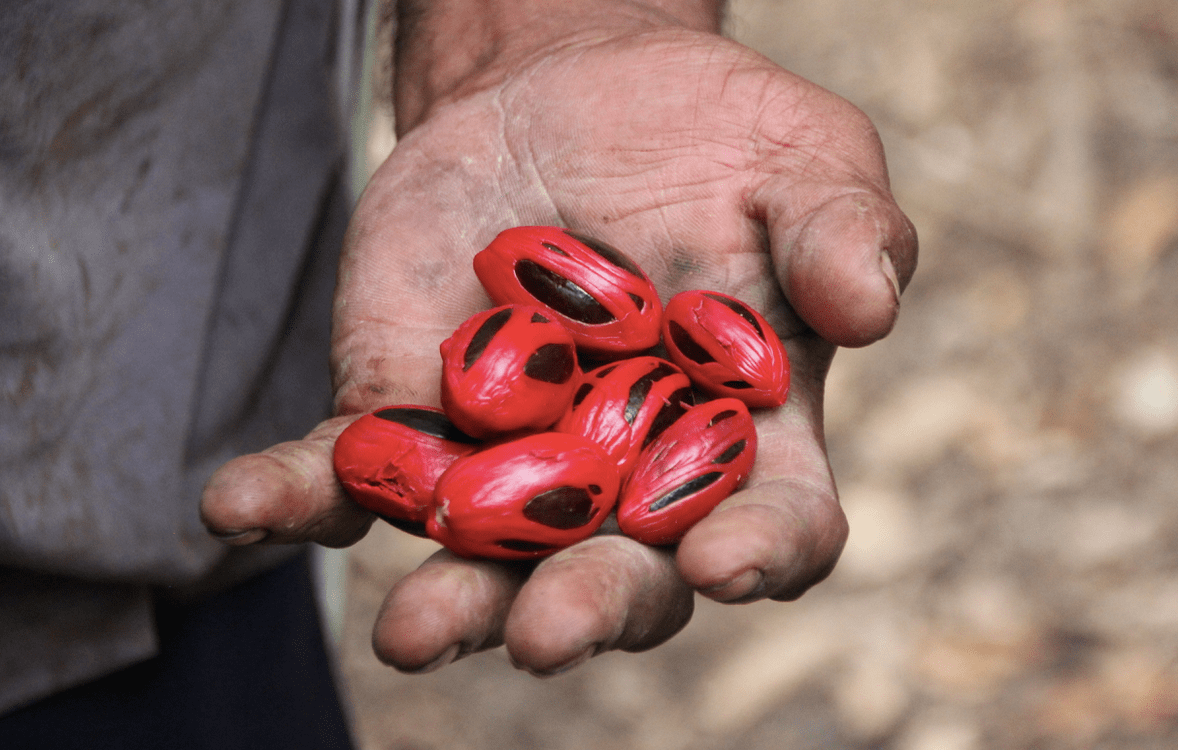Insights From The Digital Solutions Directory
Over the past six months, I’ve worked with Grow Asia to interview and profile more than 60 businesses who are using technology to improve the lives of smallholder farmers.
I had not previously heard of any of these businesses, making my questions a good test of their explanations.
If they could explain it to me, it would make sense to pretty much anyone.
We have created a directory – a thorough list of all the interesting and innovative projects that were gaining traction.
It can be read by any investor, funder, donor or aid organisation.
This allows them to partner with the groups already doing great work, rather than reinventing the wheel.
This makes sense for everyone; funders get more bang for their buck, innovators get to expand their work into new markets, and smallholder farmers benefit from world class ideas.
Putting this directory online means that it can be shared, expanded and measured.
A live document that can send traffic to the vendors, and make it easy for interested readers to strike up a conversation.
The process of creating the directory has raised some interesting insights, which may benefit founders and readers alike:
Parallel Thinking
Whilst cultures, languages, landscapes and infrastructures might differ between countries, the mind of an entrepreneur tends to have a lovely consistency to it.
Creative thinkers have looked at basic mobile phones and asked themselves: how can this miraculous device improve the way we farm?
Sure enough, entrepreneurs around the world have come up with the same ideas with slightly variations.
Like this: “a mobile phone service/app that sends farmers price and weather information, encouraging them to plant the right crop at the right time based on their circumstances.”
That could describe 6-10 different solutions.
Differentiation is so important, because we need to understand the nuances and unique advantages of each idea.
Maximising existing technology
Many sharp entrepreneurs have worked within the constraints of existing technology, rather than asking farmers to buy/loan a new device.
This is limiting, but limits are often the fuel of creativity – advertising legend David Ogilvy used to say “Give me the freedom of a tight brief”.
Today’s infrastructure presents some challenges, but it also presents opportunity.
An application for Android can be downloaded and used by almost every farmer in the ASEAN region, with no upfront investment required.
This lowers the perceived risk and the perceived cost of trialling a new way of farming, which therefore makes participation more appealing.
Technology is a workforce enhancer, not a workforce replacer
We probably won’t see a robot replacing a smallholder farmer, not in the next decade.
However, technology is able to greatly enhance the capability and earning potential of a farmer, through their physical planting as well as their strategic decisions.
For example, an empowered farmer can order higher quality inputs online, learn best-practice methodologies, access the best price for what they grow, and make electronic payments without unnecessary middlemen.
They can also choose higher value crops, optimise their planting/harvest times, make better use of their land, and detect pest/disease issues in their earliest stages.
Price is an incredible motivator
Smallholder farmers don’t seem motivated by shaping what crops consumers eat – they just want to grow whatever gives them the highest income.
That’s why information on pricing is so valuable.
If a farmer can track the price/demand for a crop, they can make better decisions about what to grow, and forecast their future income.
e.g. if cocoa prices are rising, then there’s added incentive to diligently prune their cocoa trees, or if a local business is paying good rates for tomatoes, a farmer can have a valuable harvest ready to sell within 90 days.
Information is power – it lets farmers make better decisions, and helps restore the supply/demand equilibrium within a market.
Different Customers, Different Value Propositions
Many of the solutions highlighted in the directory have multiple types of customers, who each have a different vested interest.
· A farmer might appreciate the access to credit and an increase in income.
· An inputs manufacturer might appreciate the access to new farmers.
· A bank might appreciate the access to a new pool of borrowers.
· A FMCG company might appreciate the increased stability in their supply chain.
· A government might appreciate data that can influence their policy decisions.
For this reason, vendors need to be able to speak their customer’s language.
J.P. Morgan said “Behind every decision are two reasons; the good one and the real one.”
By focusing on the real reason behind a customer’s decision, vendors can build partnerships that also have tremendous positive benefits for smallholder farmers.
Visit growasiadirectory.org to browse the Grow Asia Digital Directory to learn more about the agri-tech solutions that are transforming South East Asia’s food chains.










